The OCEAN IS LIFE.
Microscopic organisms in every drop shape our planet, and their health will determine its future.
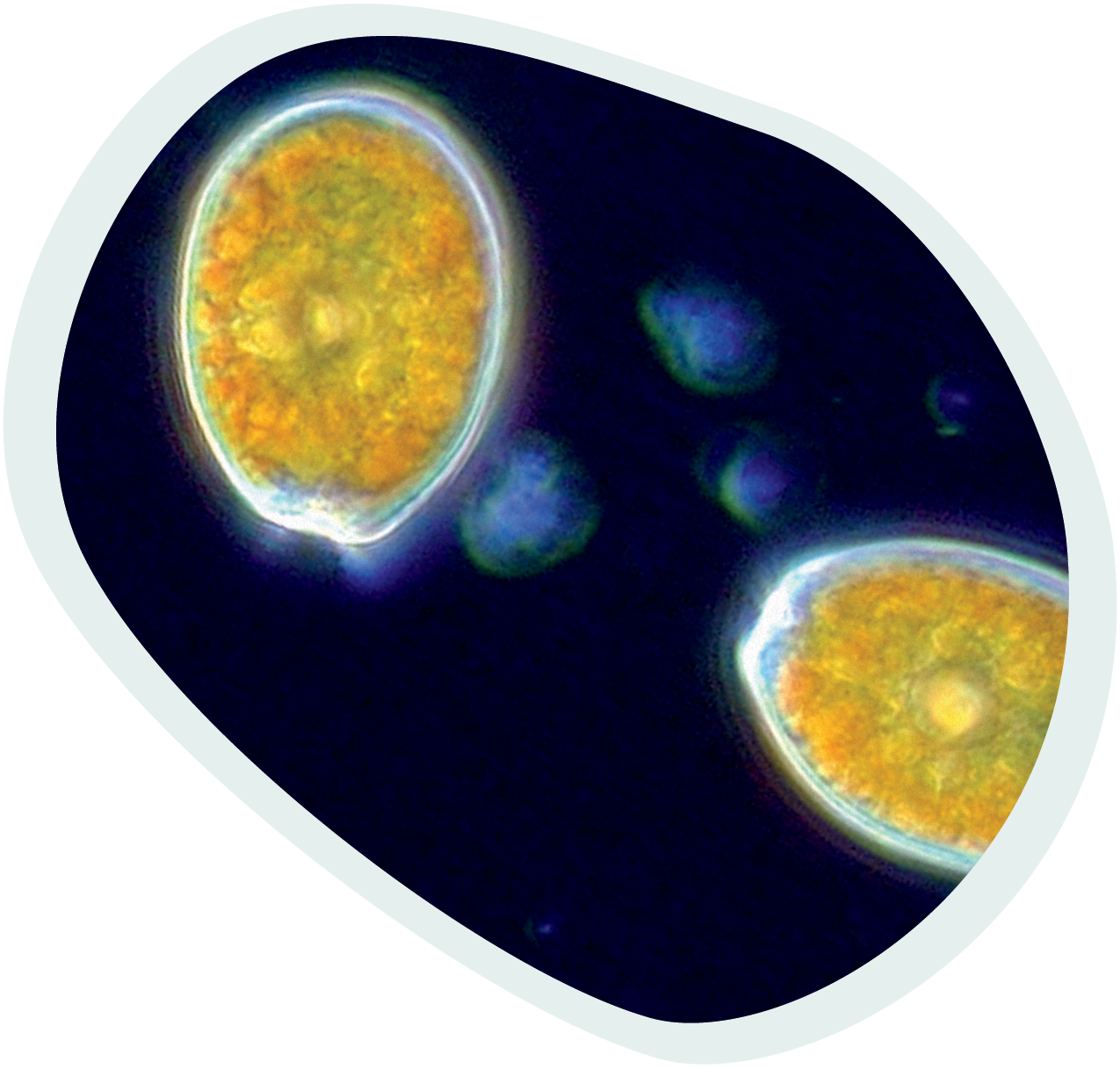
Our scientists travel the globe each year to study this unfathomable resource, then develop ocean insights and applications back at our laboratory in Maine.
We’re taking a bold, new look at the ocean to understand its mysteries, address its challenges, and unlock the limitless opportunity hidden in each drop of seawater.
Signs of change rippled throughout the ocean this year — the hottest since global ocean records began.
Here in our own backyard, the Gulf of Maine remained at the forefront of these changes, which are recasting a region that is vital to so many environments, livelihoods, and hearts.
Throughout the year, we continued our worldwide quest for ocean knowledge and resources that can make a difference to the well-being of the planet and all of us who call it home. Our scientists had unprecedented success launching new initiatives this year, and we’re currently working on projects from the Arctic to the Antarctic.
We hope you enjoy this snapshot of the recent impact we have made with the help of our generous supporters. Thank you for caring about our oceans and for empowering Bigelow Laboratory to make a difference on your behalf.


Deborah Bronk, PhD, President and CEO
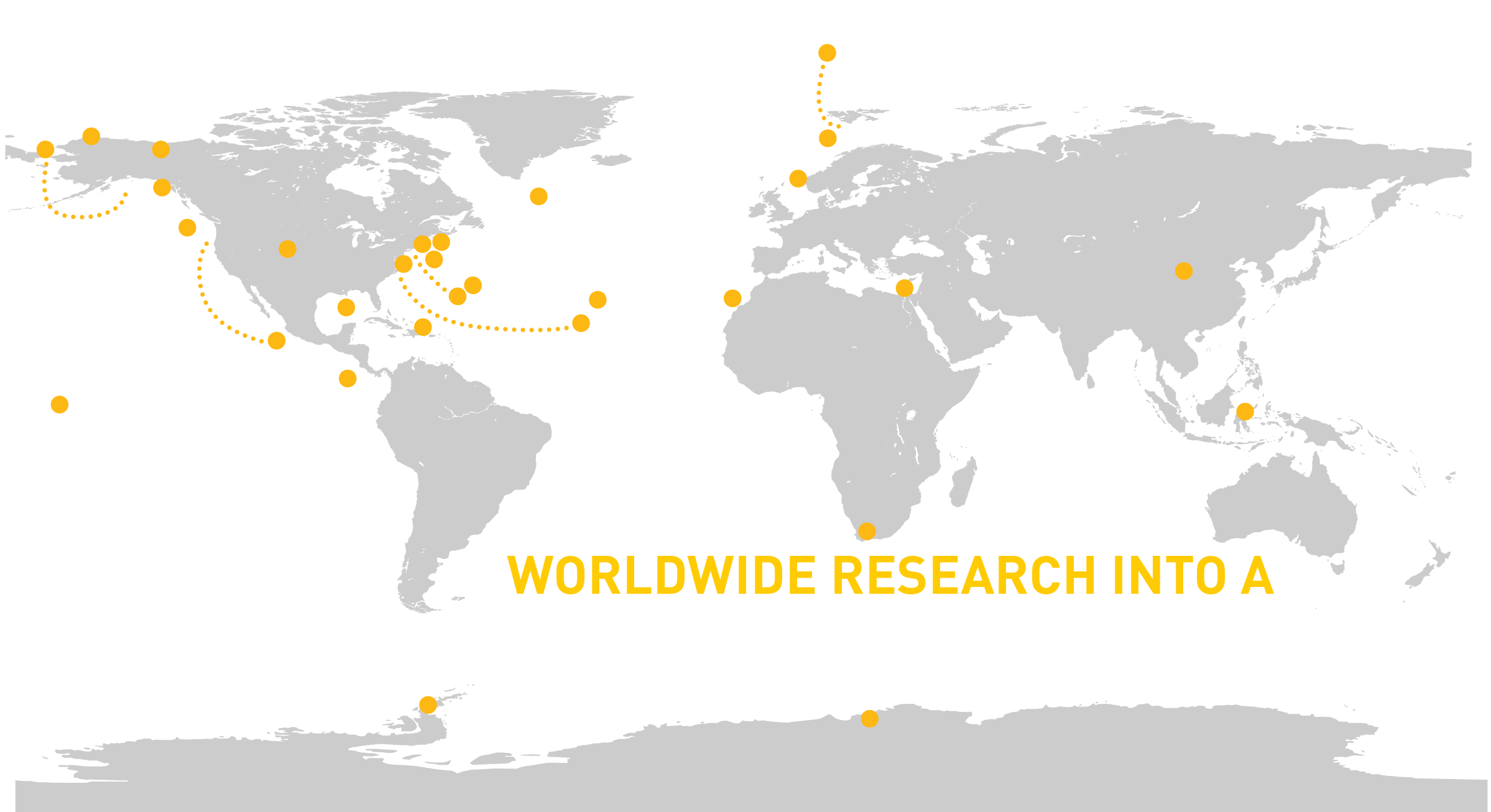
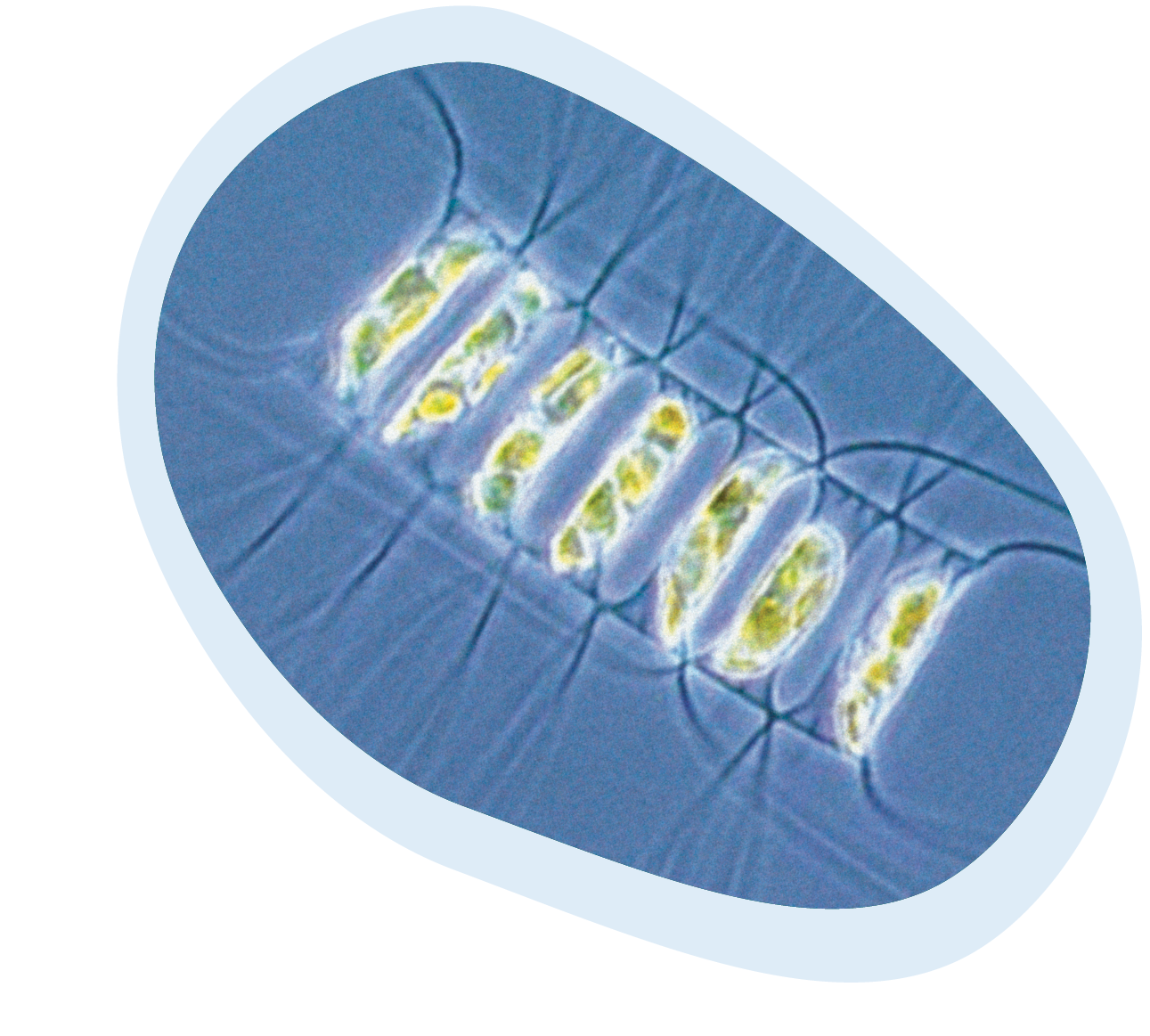

The Gulf of Maine is changing rapidly. In September, the Gulf of Maine North Atlantic Time Series team completed its 20th year and 200th trip across the Gulf. This project is revealing the intertwined processes that drive this important ecosystem, and how they are responding to global climate change.
Phytoplankton’s ability to store iron drives global chemical cycles and shapes the ecology of the ocean. This year, our scientists discovered that differences in iron storage methods affect species’ resilience against shortages. This finding helps us predict how the oceans will respond to climate change.
Our researchers are experts in a suite of cutting-edge technologies that are frequently referred to as “omics.” This year, they used these techniques to decode massive sets of genetic information and answer complex questions about a wide variety of organisms and processes in oceans around the world.
Photo: Brian Skerry
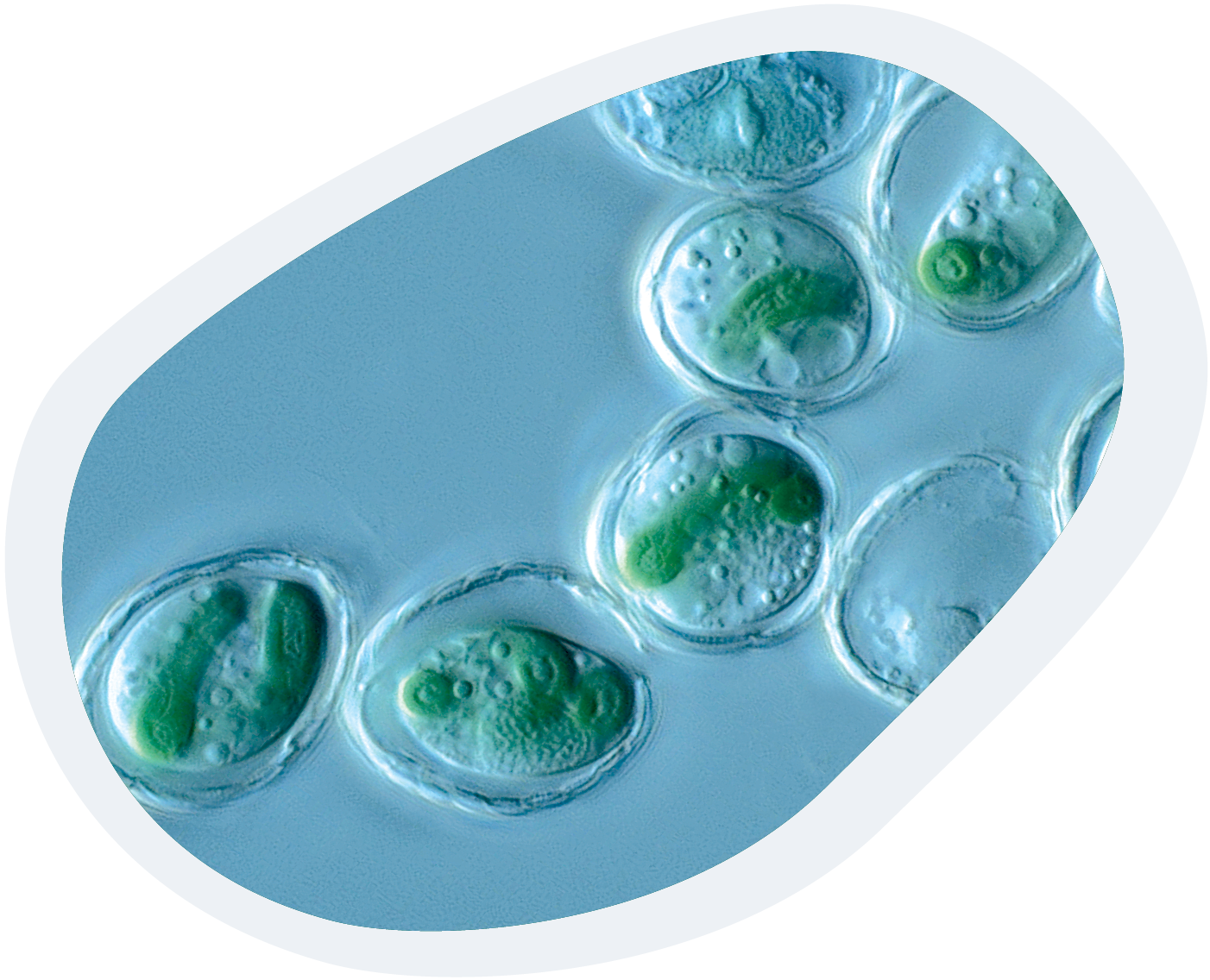

Kelp forests are declining across much of the planet due to climate change and human activities. In the northern Gulf of Maine, however, they may actually be returning. Our scientists are conducting a two-year survey of coastal waters to assess the current state of kelp forests and learn how Maine can best maintain a sustainable seaweed aquaculture industry.
Red tide is caused by the proliferation of a harmful microalgae. As global climate changes, the Gulf of Maine is warming and becoming more acidic, which scientists believe may favor toxic algae species. Our researchers are studying harmful algal blooms to learn how to protect the Gulf of Maine, as well as the communities and economies it supports.
Oil spills dramatically impact the environment and local communities. Since the Deepwater Horizon spill in 2010, our researchers have contributed substantially to the nascent field of oil spill science. They have uncovered processes that transform oil and revealed its fate in the deep sea, improving the accuracy of spill models and informing response efforts.
Photo: Stacey Cramp
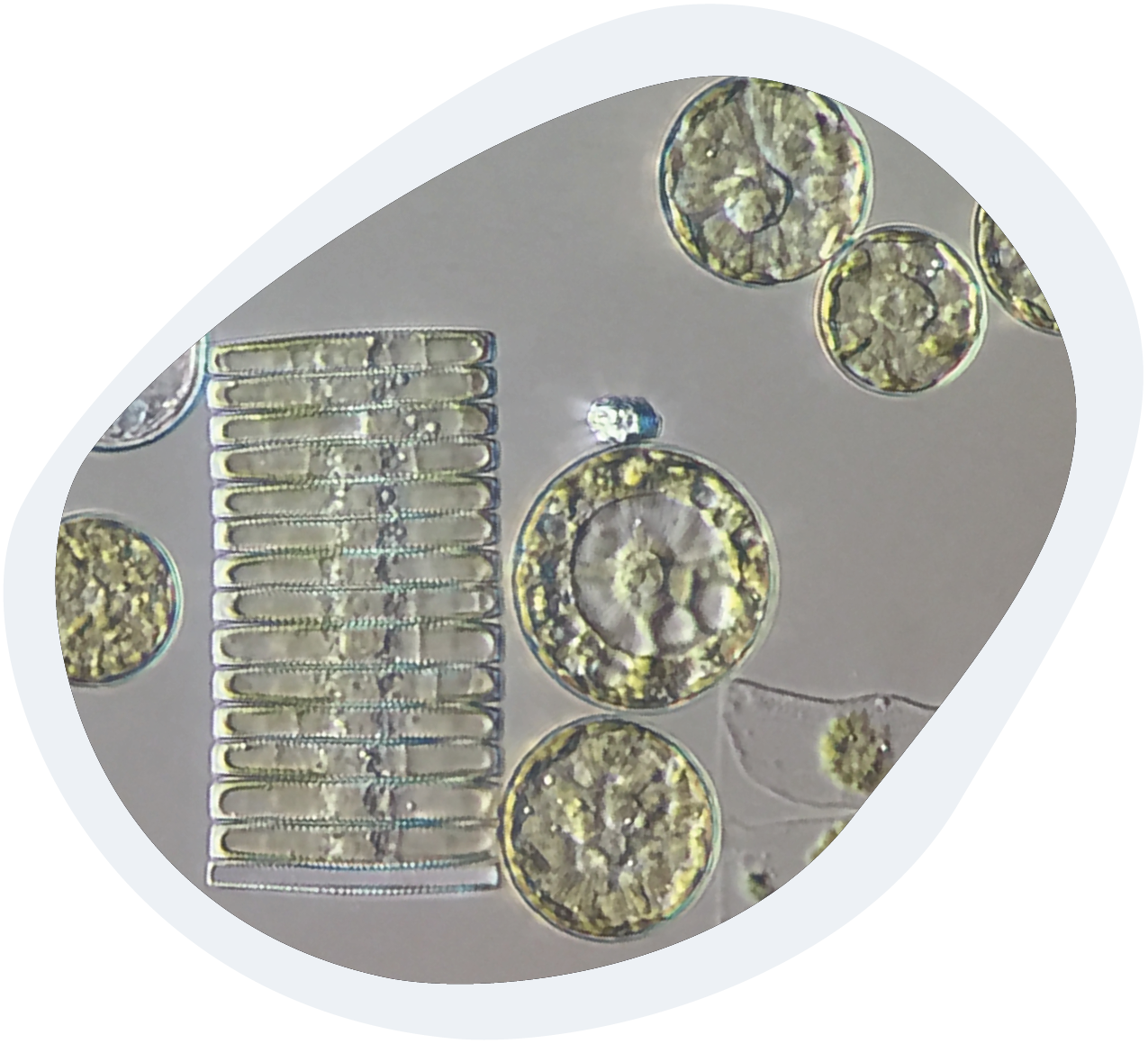

Maine’s coastal waters are becoming more acidic due to climate change, jeopardizing the aquaculture industry. Our scientists are partnering with shellfish farmers to capitalize on the unique ocean remediation opportunity offered by growing seaweed, which also creates a new revenue stream and nutritious product in a time of increasing food insecurity.
Throughout the ocean, microbes produce the construction materials needed to shape their habitats. Our researchers are studying iron-oxidizing bacteria, some of the ocean’s most productive tiny architects. By learning how these bacteria build their complex structures, they aim to develop useful nanomaterials that could revolutionize batteries and water filtration.
Wild fish stocks are dwindling around the world, threatening billions who rely on fish for protein and nutrition. Aquaculturists are working to supplement this crucial food source, which comes with its own challenges. Our scientists are studying algae as a sustainable source of essential nutrients for fish aquaculture.
Photo: Lars Lehnert


The Arctic climate is changing faster than anywhere else in the world. One of the most significant consequences may be to something commonplace yet enigmatic: clouds. Our researchers traveled
to the North Pole this
year to study how ocean microbes impact cloud formation, illuminating the future of the region.
Data collected by citizen scientists can make it possible to forecast ecosystems just like meteorologists forecast the weather. Our scientists are collecting sightings of jellyfish and ticks to fuel algorithms that predict the likelihood of future encounters. This dynamic approach empowers the public to partner with us on impactful science.
Copepods are a tiny crustacean vital to many marine ecosystems, as well as Earth’s carbon cycle. Their future may be compromised by ocean warming, acidification, and other impacts of global climate change. Our research is untangling these effects and determining how they will shape the future of these crucial animals.

Bigelow Laboratory is an independent, nonprofit institute. Our research, enterprise, and education programs are only possible with the help of a generous community of supporters. They share our passion for the ocean and our optimism about its boundless potential. They advise us, inspire us, and provide the philanthropic support that powers our work.
We are immensely grateful to these Founders and Council members, whose exceptional generosity has advanced our mission and enabled our transformative growth.
- FOUNDERS
Harold Alfond Foundation • Louise and Robert Bowditch* • Bill and Barbara Burgess • David and Margaret Coit • Paul and Giselaine Coulombe • Andrew Davis • The Shelby Cullom Davis Charitable Fund • Robert and Margery Healing* • Horace and Alison Hildreth • Jane's Trust • Russell and Mary Jeppesen • Lyn and Daniel Lerner • Jane C. MacElree • Admiral Kinnaird McKee^ • Richard and Eleanor Morrell • Walter^ and Helen Norton • Herbert and Harriet Paris • Richard and Denise Rubin • Cyrus^ and Barbara Sweet • A.R. and Marylouise Tandy Foundation • Anna Marie and John E. Thron
- COUNCIL MEMBERS
- Anonymous (4)
- Mariann and Jonathan Bigelow
- Stewart and Nancy Bither
- Pete and Ann Bixler
- Joe and Sheri Boulos
- Donna Lee Cheney*
- Ken and Ginny Colburn
- Mr. and Mrs. Guy B. Comer
- Consigli Construction Co., Inc.
- Holly and Rory Cowan
- Palmer Davies
- Chip and Nan Davison
- First National Bank
- Marion T. Flores
- Mr. and Mrs. Christopher Flower*
- Jon and Sue Greenlee
- H.M. Payson
- Peter and Jocelyn Handy
- Mr. and Mrs. William D. Haney
- Charles P. Harriman
- Lew and Ina Heafitz
- Mr. and Mrs. Will Mackenzie
- Stephen L. Malcom
- Clement and Linda McGillicuddy
- Dyke Messler and Rickey Celentano
- The Muir Family
- David Newbower
- Pamela Daley and Randy Phelps
- Gerry Plumley
- Abby and Larry Pratt
- Martha and Dana Robes
- Dr. and Mrs. Louis E. Sage*
- Kristin and Michael Sant
- Schacknow Family Foundation, Inc.
- Chet and Evelyn Shuman
- Mary M. Spencer
- Paul and Chandler Tagliabue
- Deborah Saltonstall Twining^
- Peter P. Twining
- Hoyt Walbridge
- Sara Walbridge
- The White Family
- David Wilde
- Lisa Wilde
- Richard A. Wilde
- Linda and Paul Wilson
- Sally Winkel
- Dr. Wendy J. Wolf and Dr. Mary B. Neal*
- Philip Yasinski and Janet Reingold*
Deceased donors are noted with a caret (^). Those who have named Bigelow Laboratory in their estate plans are noted with an asterisk (*).

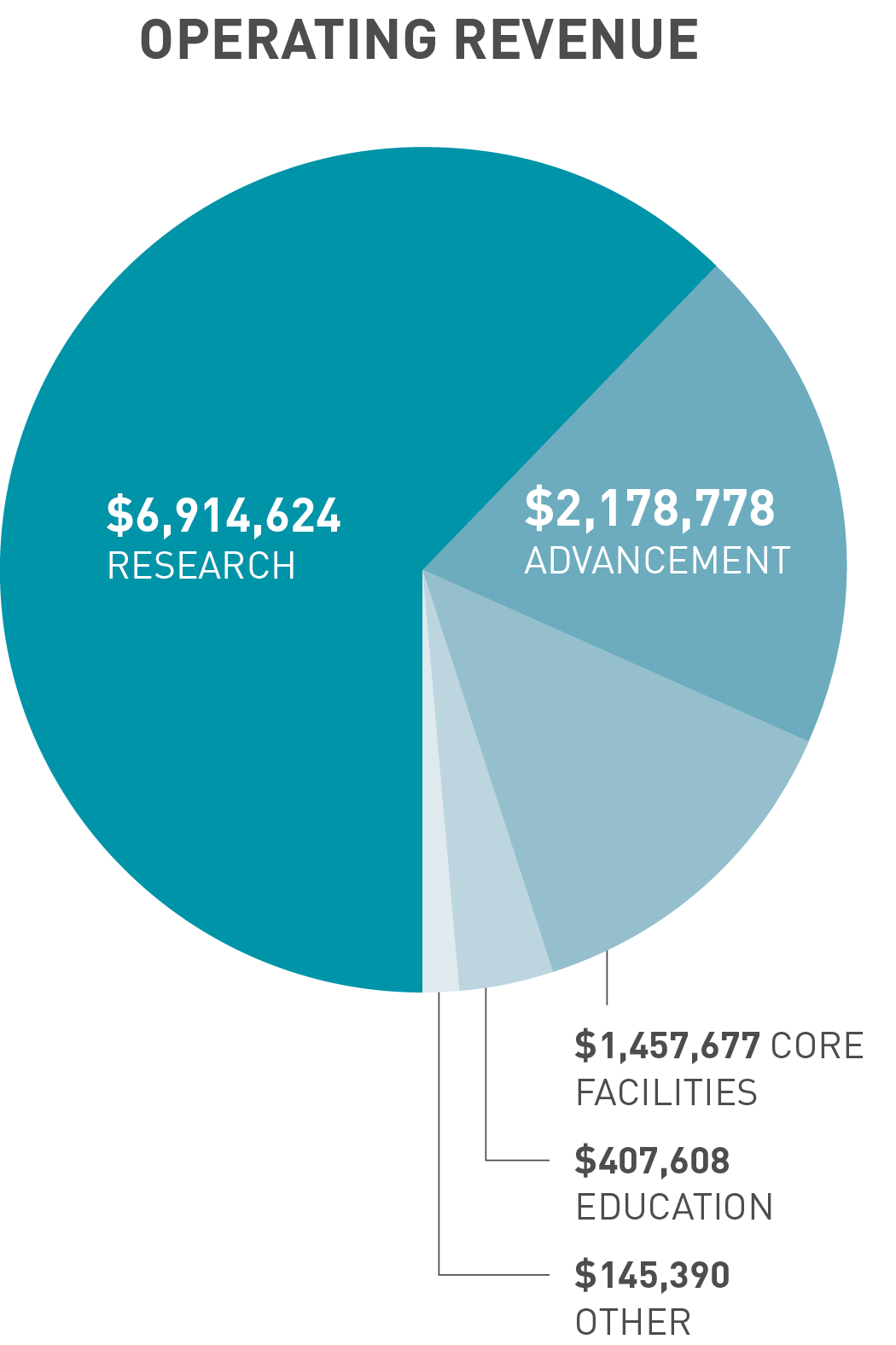


These charts pertain to our 2018 fiscal year – July 1, 2017 to June 30, 2018. You can view our audited financial report at bigelow.org/financials.

